Your agave is blooming! What should you do? In my new video, and in the Q&A and photo gallery here, you'll find: expert advice, cautions, 20+ agaves in bloom (all ID'd), and learn how to start the plants from seeds or bulbils.
Agave flower stalks tend to be impressively tall relative to the plants. There are two forms: unbranched with blooms along the stalk, and branching with clusters of flowers.

The unbranched bloom spike of Agave vilmoriniana
The sweet nectar attracts hummingbirds, bees, and other pollinators. Flowers turn into seedpods or bulbils that are clones of the mother plant.
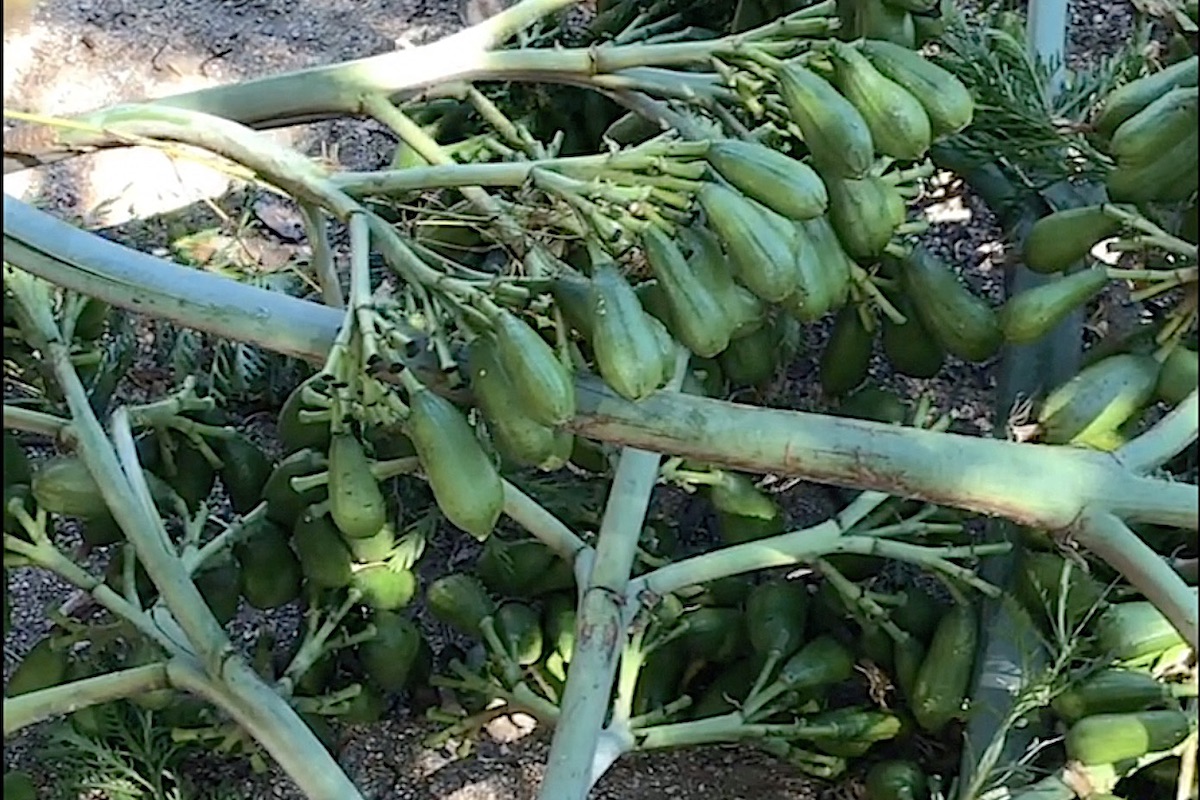
Agave americana seed pods
When a dying mother agave can no longer support its towering stalk, it topples over, propelling seeds or offspring to the ground.
When an agave blooms: Q&A
How do I know what kind of agave I have?
Scroll down to the gallery of agaves in bloom. I've ID'd all for you. To identify your plant before it flowers, find it on my Agave page.
How long until an agave blooms?
Flowering can take an agave years—sometimes decades, depending on the species. Succulent nurseryman/author Jeff Moore says: "Regarding how old they are before they bloom, in our book on agaves we note those that go off relatively quickly, like Agave vilmoriniana and A. desmetiana, but otherwise we just deferred to the 15-25 year average."

Agave desmetiana bulbils
Can I stop an agave from dying?
There’s no stopping an agave from dying after it flowers, so you might as well enjoy the show. However, cutting off the bloom stalk often slows the process, and by doing so you won't have to deal with a tree later on.
How can you tell if an agave is going to bloom?
Leaves in the middle come together sort of like praying hands. They surround an emerging bud atop an ever-lengthening stalk. (See Agave bovicornuta in the gallery below.)
What should I do to get baby plants?
Wait for the bloom stalk to mature (when the mother plant looks good and dead), then harvest bulbils or seeds. Start them in nursery flats or small pots until they double in size, then transplant them into larger pots or the garden. In the video, agave expert Jeremy Spath shows how to start seeds.
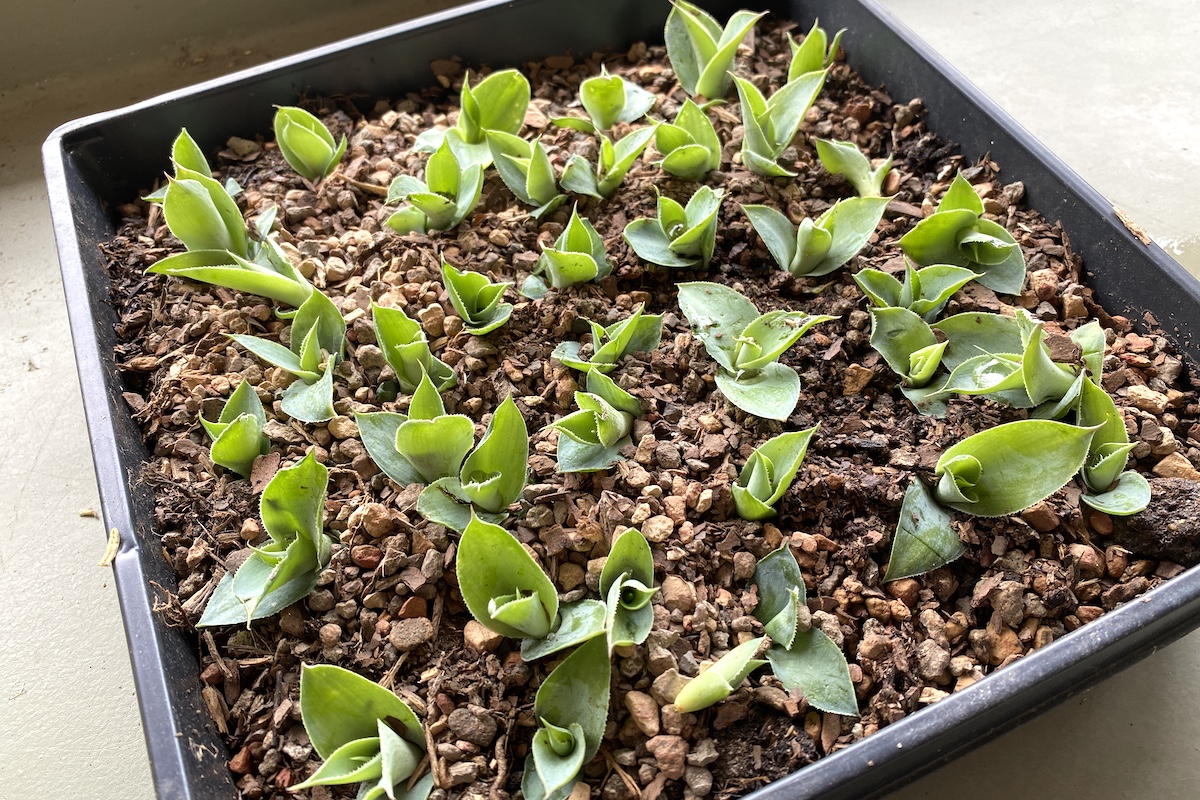
Agave vilmorinana (octopus agave) bulbils
How to remove a big dying or dead agave?
Cut it apart with a saw so all you have left is a core that looks like a pineapple. The core is heavy, so let it dry until you can move it. See how professionals removed mine.
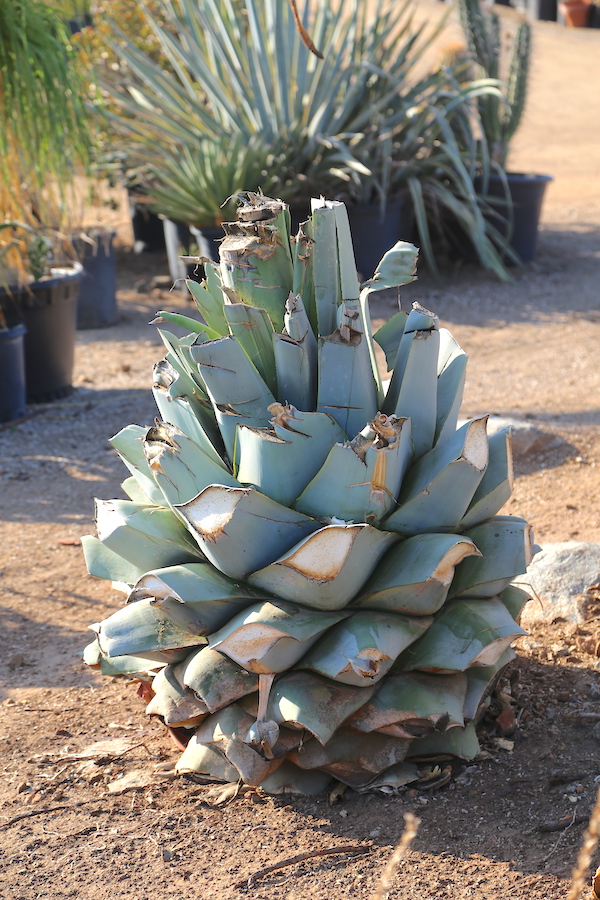
Agave core, pineappled
***CAUTION*** AGAVE SAP CAN CAUSE CONTACT DERMATITIS.
Do a patch test to determine susceptibility. If itching or rash develops, wash the affected area immediately. If symptoms persist, get medical help. USE COMMON SENSE: The drier the agave, the less its moisture content; the fresher the agave, the greater the risk of sap exposure. PROTECT YOUR SKIN: Wear wrap-around eye protection, long sleeves, pants and gloves; cover your hair. Don't wipe your face with your sleeves or other fabric that may have bits of the plant or sap on it. Unless you routinely remove agaves for a living, USE A HAND SAW. A power saw can spray sap.
Gallery of Agaves in Bloom
These photos show 20+ kinds of agaves in various stages of bloom. For the progression, note the months in parenthesis. It's amazing how fast the flower stalks grow! Check back---I'll add more as I run across them.
RELATED INFO ON THIS SITE
Agaves: Uses, Photos, IDs and Varieties
With the exception of a few soft-leaved and variegated varieties, agaves want sun—the more the better in all but desert climates. Most are hardy to the mid- to high-20s F, and some go a lot lower. Sharp points at leaf tips and along leaf edges can make agaves treacherous. I snip about a quarter inch from leaves’ needlelike tips with garden shears.
Dangerous Succulents: Grow with Caution
Before planting spiny succulents, weigh the pros and cons. Although they have a certain beauty, they can be dangerous and devilishly difficult to remove. Know how large one gets and position it where it can’t harm you, kids, pets, or passersby.
Agave Dermatitis: How harmful is agave sap? Are you susceptible?
You’re already wary of poison oak, cactus glochids and the milky sap of euphorbias. Add agave sap to the list. In susceptible individuals, it causes the skin condition “agave dermatitis.”
The post Your Agave’s Blooming–Now What? appeared first on Debra Lee Baldwin. Copyright © Debra Lee Baldwin.
from Debra Lee Baldwin https://ift.tt/3jjASTy
via IFTTT

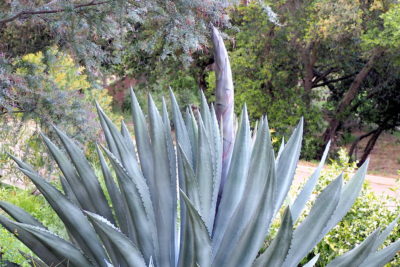
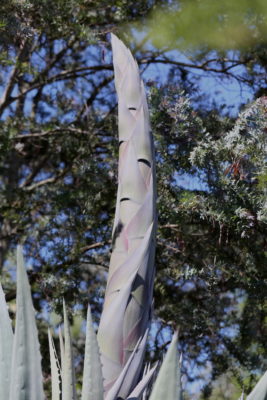
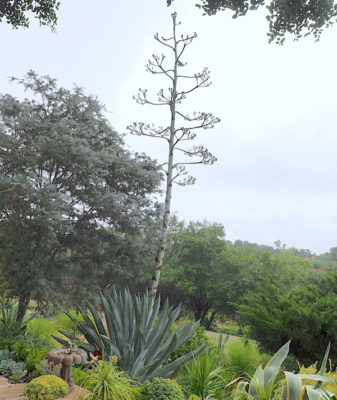


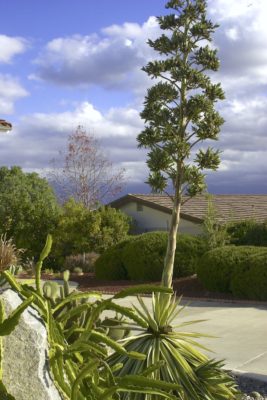
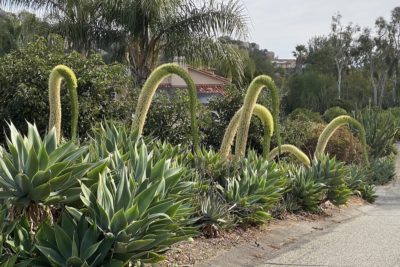
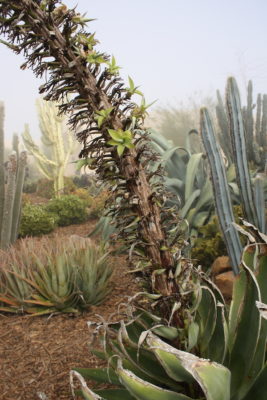

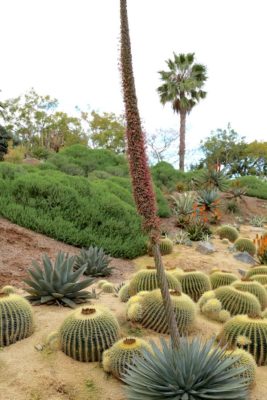
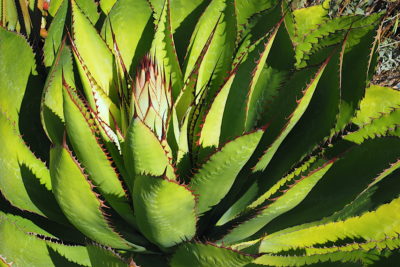
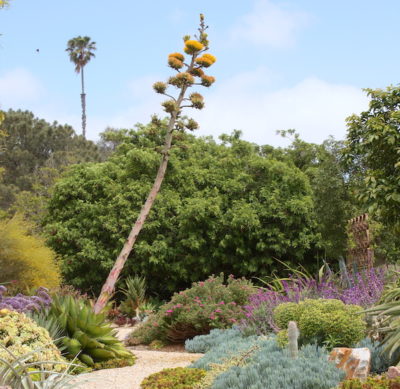
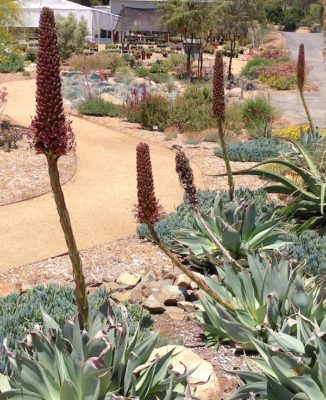
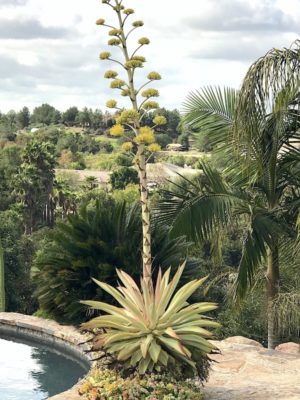
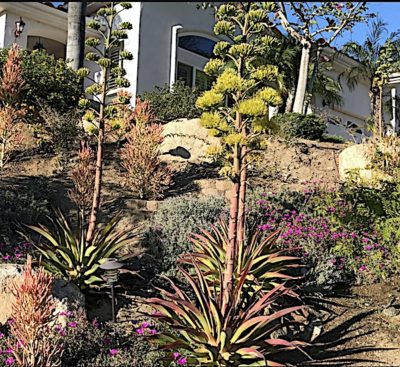
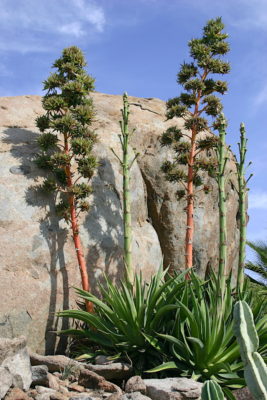
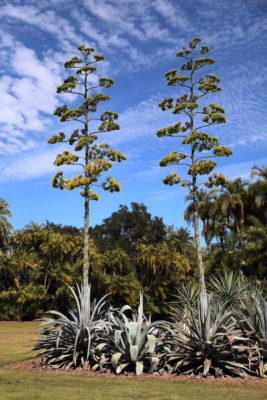
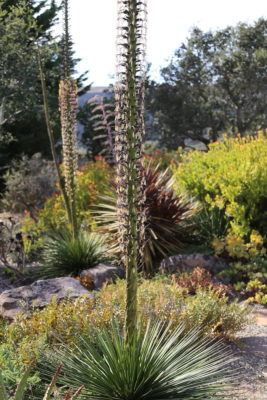

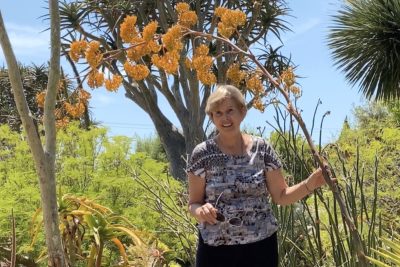

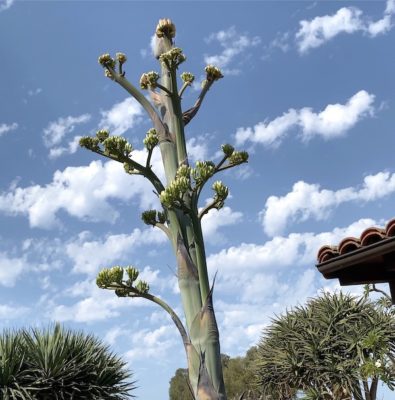
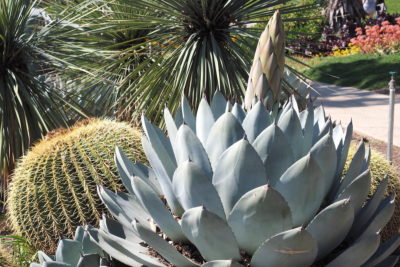
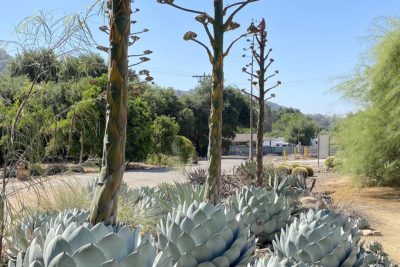



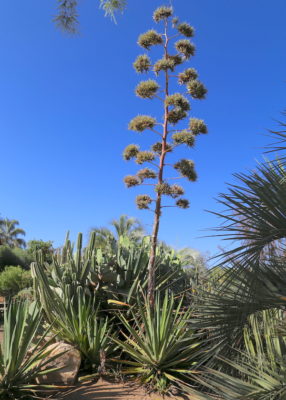
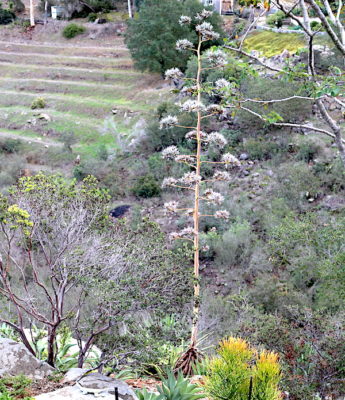
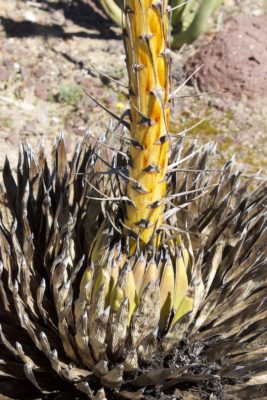
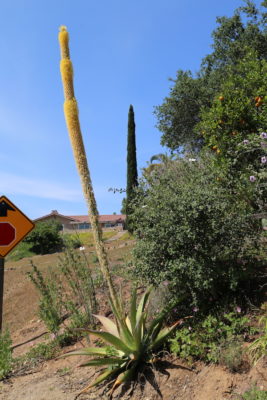
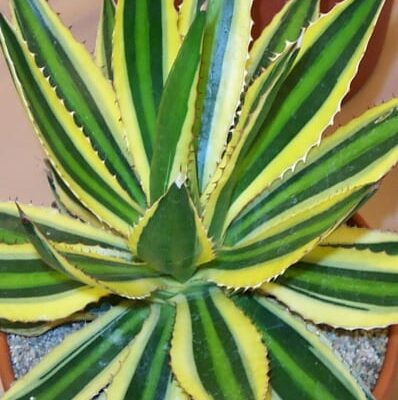
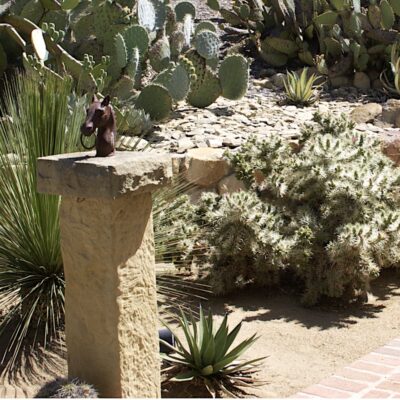

No hay comentarios:
Publicar un comentario